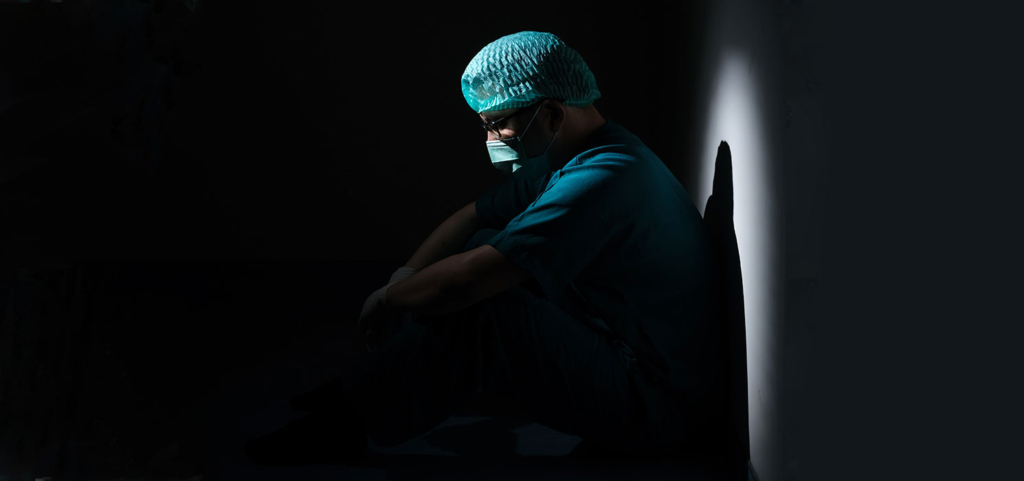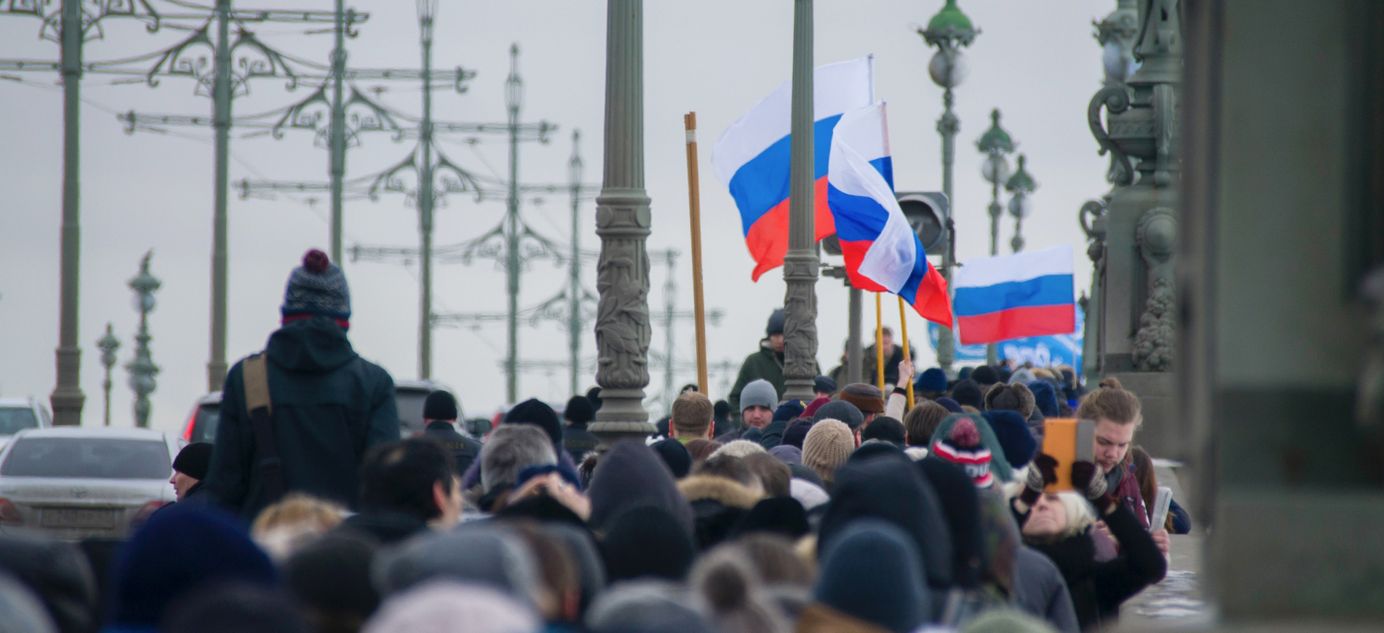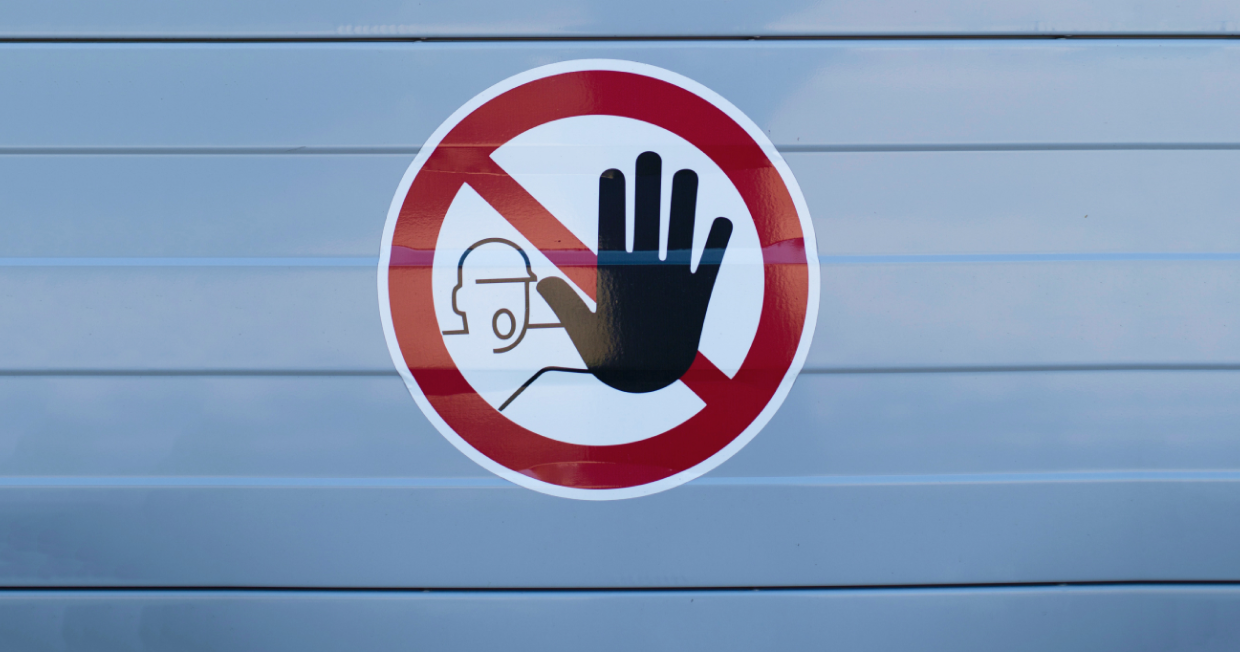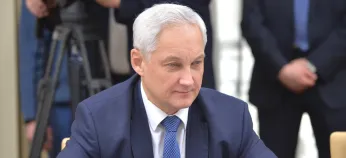
Russia locks down on inflation
Hello! Our top story this week is about new COVID restrictions in Russia and what it means for the local economy embattled by the prospect of stagflation. We also look at questions about Russia’s esports triumph and the cost of Michelin guide long-awaited arrival to Moscow.

Russia’s new COVID-19 wave: The toughest restrictions since spring 2020 and the specter of stagflation
A new wave of COVID-19 has started to rage across Russia and this week Moscow authorities decided to impose the most significant restrictions since the first weeks of the pandemic back in spring 2020. In an aggressive move amid rising inflation, the Central Bank also raised its key rate to 7.5 percent. It is not yet clear exactly how hard these developments will hit the Russian economy, but the specter of stagflation is becoming ever more visible.
- On Friday, for the second day in a row, Russia set a record for new coronavirus infections and deaths in a 24-hour period. The official figures showed 37,141 new cases (up from 36,339 the day before) and 1,064 deaths (up from 1,036). Moscow saw the highest number of cases and infections have risen sharply in the capital this week — up from 5,847 on Wednesday to 7,897 on Thursday and then 8,166 on Friday. The current record for infections in a single day in the city is 9,056, set on July 18. Mayor Sergei Sobyanin warned that this could be topped in the coming days.
- The reliability of official figures remains an open question, but it is clear that the authorities’ new willingness to impose unpopular restrictions points to a significant deterioration in the situation.
- First, on Wednesday, President Vladimir Putin announced that Oct. 30 through Nov. 7 would be non-working days in Russia, with staff still receiving their salaries. Russia was already due for a long weekend thanks to the Day of National Unity on Nov. 4 and adding three more days to the public holidays will not significantly affect economic activity, several economists told RBC. In May, when there were similar additional non-working days, many businesses carried on as normal, experts recalled.
- While the non-working days announced by Putin were not set to force the service sector to shut down, the measures announced a day later for Moscow and Moscow Region look a lot more like a lockdown for business. On Thursday, Moscow mayor Sobyanin published a decree to completely prohibit activity in the retail and services industries, as well as hospitality, entertainment, culture, sport and recreation sectors from Oct. 28 through Nov. 7. Moscow Region governor Alexei Vorobyov quickly followed suit. Only four areas are exempt: the sale of food, the sale of medicine, take-away and delivery services from cafes and restaurants, and online retail. Large-scale cultural, entertainment, sporting, promotional and similar events are banned. After the lockdown, starting Nov. 8, access to events involving more than 500 people will be via QR-codes issued to vaccinated attendees and those with a recent negative PCR test. Theaters and museums will return to work but must operate at 50 percent capacity and access will also be limited to those with QR-codes. Apart from a fairly gentle ‘stay-at-home’ regime for vulnerable individuals and those aged 60 or more, Moscow residents will face no restrictions on their movement around the city.
- During last year’s lockdowns, most regions were quick to follow Moscow’s lead, implementing similar measures to what was introduced in the capital. Today, restrictions are being imposed more selectively – but that does not necessarily mean they are softer in places further away from Moscow. For instance, over 50 of Russia’s 85 regions require visitors to have a QR-code to visit public spaces — something not yet required in the capital.
- Russia’s economy finds itself in a difficult situation. Like the rest of the world, the pace of the economic recovery is slowing: in August, growth dropped to 3.7 percent year-on-year, compared with 4.7 percent in July and 8.9 percent in June. New restrictions only make the picture more complicated. According to analysts at Sova Capital, the lockdown for businesses in Moscow and Moscow Region alone could cost Russia 0.25-0.3 percent of its annual GDP growth. At the same time, inflation continues to hit new highs. Data published Wednesday by Rosstat shows price rises have reached an annual rate of 7.78 percent, the highest level since 2016. The danger of global stagflation, under debate by investment bankers for at least the past month, was also recognized by Russia’s Finance Ministry last Thursday.
- On Friday, the Central Bank raised its key rate for the sixth time this year, an increase of 0.75 percentage points to 7.5 percent, and indicated that more rate rises were possible. The hike turned out to be higher than expected by many analysts, whose predictions were largely split between rises of 0.25 and 0.5 percentage points. The main explanation for the sharper-than-expected rise is that the regulator now sees COVID-19 restrictions as a factor contributing to inflation, Central Bank head Elvira Nabiullina said Friday in a press conference. In spring 2020, the lockdown helped to combat inflation by squashing demand. But subsequent experience has shown that demand is less and less impacted by restrictions, while supply is once again set to be hampered by suspension of businesses. As a result, Nabiullina explained, restrictions are fuelling inflation.
Why the world should care
The Central Bank’s decision makes clear that inflation is the biggest threat facing the Russian economy right now. The impact of new COVID-19 restrictions on economic growth, and the possible emergence of stagflation, will substantially depend on how long these measures are in place. Moscow’s first lockdown, in late March 2020, was originally imposed for a week, but ended up lasting more than two months.
Russia’s surprise esports triumph
An unexpected success came this week when Russia’s Team Spirit won the Dota 2 event at The International (TI10), the world’s leading esports tournament. The champions were congratulated by President Vladimir Putin, their victory was reported on national TV, and on social media the win inspired a surge of national pride. However, as The Bell discovered, everything may not be as straightforward as it seems: a vast gaming empire stands behind the team, providing a potential source of scandal and legal wrangling.
- In Sunday’s TI10 final in Bucharest, Team Spirit overcame China’s renowned PSG.LGD, which has been backed by Paris St. Germain football club since 2018. The $40 million prize fund, partly raised through crowdfunding, was a record for an esports event. Team Spirit scooped $18.2 million for their victory. The team features Russians Yaroslav Naidenov (Miposhka), Magomed Khalilov (Collapse), Alexander Khertek (Torontotokyo), and two Ukrainians, Miroslav Kolpakov (Mira) and Ilya Mulyarchuk (Yatoro).
- Congratulating the champions, Putin praised their “leadership qualities and solidarity,” calling the decisive game “a real test of skill and character.” Deputy Prime Minister Dmitry Chernyshenko said that Team Spirit’s victory “focuses the attention of our society on something that combines the two most important components of our modern life: sport and digital technology.” Former boxer and current State Duma deputy Nikolai Valuev, who promoted the inclusion of cybersports into Russia’s official register of sports, was concerned about the future of the team: “The most important thing is that these big-headed kids don’t run away to serve the interests of Western corporations,” he said.
- Team Spirit’s success was not only a first for Russia. Since the inaugural edition of The International in 2011, won by Ukrainian team NaVi, nobody from the former USSR has finished on the podium.
- Nobody expected Team Spirit to enjoy such dizzying success — the TI10 winners came together less than a year ago and began the tournament with defeats against two outsiders. There were few willing to back the Russian team. Bookmaker Parimatch rated a whitewash victory for their Chinese opponents as the most probable outcome in the final. The long odds helped Anton Cherepennikov, former owner of Russia’s oldest cyber team, Virtus.pro, scoop a record win. At the start of the tournament he staked 1.53 million rubles ($21,700) on Team Spirit at odds of 28/1, making his 44.4 million ($631,000) payout the biggest return from a bet on cybersports ever in Russia. Cherepennikov had also staked 3.53 million rubles ($50,100) on Virtus.pro, but they finished in joint 5th/6th.
- The organization that put together Team Spirit also has a tale to tell. It was formed in 2015 but players in the esports arena felt that it achieved little success during its early years. Previously, its willingness to gamble on rookies and new talents bore little fruit. But victory at TI should more than compensate for those unsuccessful attempts, The Bell’s source in the esports market said.
- The people behind Team Spirit are not known. The team’s CEO, Nikita Chukalin, a former Dota2 player himself, refuses to talk about them. But, as The Bell discovered, there could be a vast gaming empire behind the team, funded by selling skins for use in the most popular games. For example, in Counter-Strike a skin is not an actual weapon, it gives no gaming advantage, but it allows players to customize the appearance of their arsenal. A whole market has grown up around these products, including an exchange where players can buy and sell skins and where the most valuable items can cost tens of thousands of dollars. In some countries, selling these apparently worthless skins is regarded as a form of gambling which is dangerously accessible to minors. In the USA, for example, one large developer was sued over their role in the industry.
- One of the biggest sites for the sale of skins, market.csgo.com, belongs to Team Spirit’s backers, according to two players on the esports market who spoke with The Bell. The domain for Team Spirit’s site also belongs to a company connected to Estonia’s Crystal Future, another exchange for skins and a wide range of similar projects. The business of the entire group is capable of raising $30-40 million a year.
Why the world should care
Team Spirit’s success could trigger a push to establish a new cybersports dynasty in Russia and should, at the very least, lead to broader coverage of the sector. However, there is a danger that, like almost all other areas of Russia’s internet and gambling markets, it could fall under strict regulations.
How Michelin came to Moscow after a decade of talks
Last Thursday, Michelin presented its first ever guide to Moscow restaurants. Negotiations about the long-awaited arrival of Michelin to the Russian capital lasted more than 10 years, disrupted by international political scandals and changes in the city government. In total, the guide could have cost City Hall more than $1 million, Forbes reported.
- The guide features 69 Moscow restaurants. Seven of them achieved one Michelin star, two were awarded a double Michelin star. The Bib Gourmand, a mark of special attention, was awarded to another 15 establishments, and three restaurants received a Michelin Green Star for their environmental approach. Green Stars are awarded to restaurants that “are sensitive to the seasons, promote local produce and reduce food waste,” explained the guide’s international director Gwendal Pullenec. “Russia’s vastness ensures a huge variety of local produce, allowing it to converge with the macro trend for sustainability. There are three restaurants in Moscow with Michelin Green Stars – some countries have none,” he said.
- Michelin, and Moscow Mayor Sergei Sobyanin, announced that the guide would be published in 2021 back in December of last year. Negotiations first began in 2012. Sources in the Russian restaurant industry told Forbes that Michelin’s long journey to Russia could be linked to the limited number of high-quality restaurants, as well as corruption.
- Negotiations intensified in 2013 against a background of increased interest in Russia ahead of the Sochi Winter Olympics, Forbes reported. However, Michelin was unable to publish a guide to Russia before the Games and amid the geopolitical fallout of the annexation of Crimea, the idea was dropped. In late 2018 and early 2019, Moscow’s newly-formed Tourism Committee resumed active talks with Michelin, taking over from the Department of Trade and Services.
- In January 2020, the two sides finally reached an agreement. The contract was worth 80-90 million rubles ($1.13-1.27 million), Forbes learned from a source close to City Hall. For comparison, according to Eater.com, South Korea’s tourist office paid $1.8 million for a Michelin Guide to Seoul in 2016.
- Under the terms of the contract, Michelin inspects Moscow restaurants, stages two formal announcements (one for compiling the guide, and one upon publication) and holds an awards ceremony. The Moscow Tourism Committee told Forbes it was not directly involved in compiling the guide and had no influence over the finished product. Under the contract, Moscow will also pay for an annual update of the ratings but, according to Forbes, this will cost “much less” than the initial price of the guide.
- At a press conference before the ceremony, Moscow authorities made it clear that they expect a rise in gastro-tourism will deliver a return on their investment. “Michelin Stars will be a guiding light for many tourists, especially foreign visitors,” said deputy mayor Natalia Sergunina. Rostourism chief Zarina Doguzova later said Michelin’s arrival was a prestigious event that could help Russia realize its ambitious goals for the tourism sector. Prior to COVID-19, foreign tourists spent $11.5 billion a year in Russia. By 2030 the country hopes to boost that to $22.5 billion.
- A Michelin Guide in Russia might also encourage more domestic tourism. “Russians are typically skeptical of local ratings, so Russians will also want to check in at the places mentioned in the guide,” Irina Avrutskaya, founder of consulting company Like4Like Hospitality Strategies told Forbes. She hopes that the event will be the salvation of the Russian hospitality sector as it struggles with the impact of the pandemic.
- Strong demand is likely to push up prices — and not just in Michelin star locations. Today, the cost of a meal in a high-class Russian restaurant can be 2.5 times cheaper than in an equivalent European or American establishment, where dinner with wine can run to $250 per person.
Why the world should care
The arrival of the Michelin Guide to Moscow is a long-awaited boost for gastro-tourism. However, the reaction hoped for by the Russian authorities could yet be undermined by the rest of the country’s policy agenda, including rising anti-Western rhetoric, the BBC noted. At the same time, restaurants mentioned in the guide could fall even further out of the reach of the majority of Russians due to the inevitable increase in prices.




